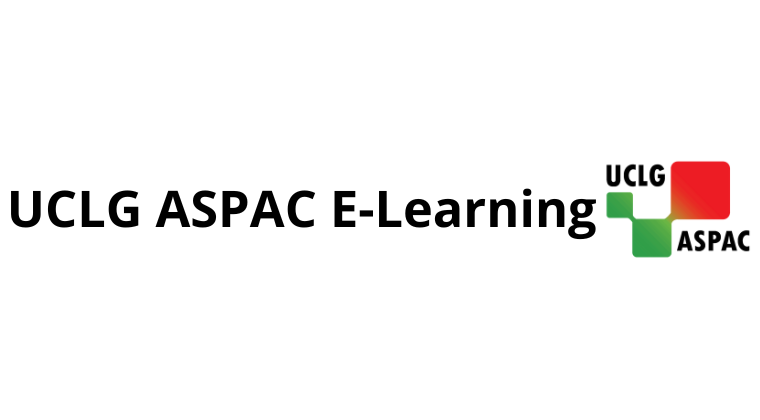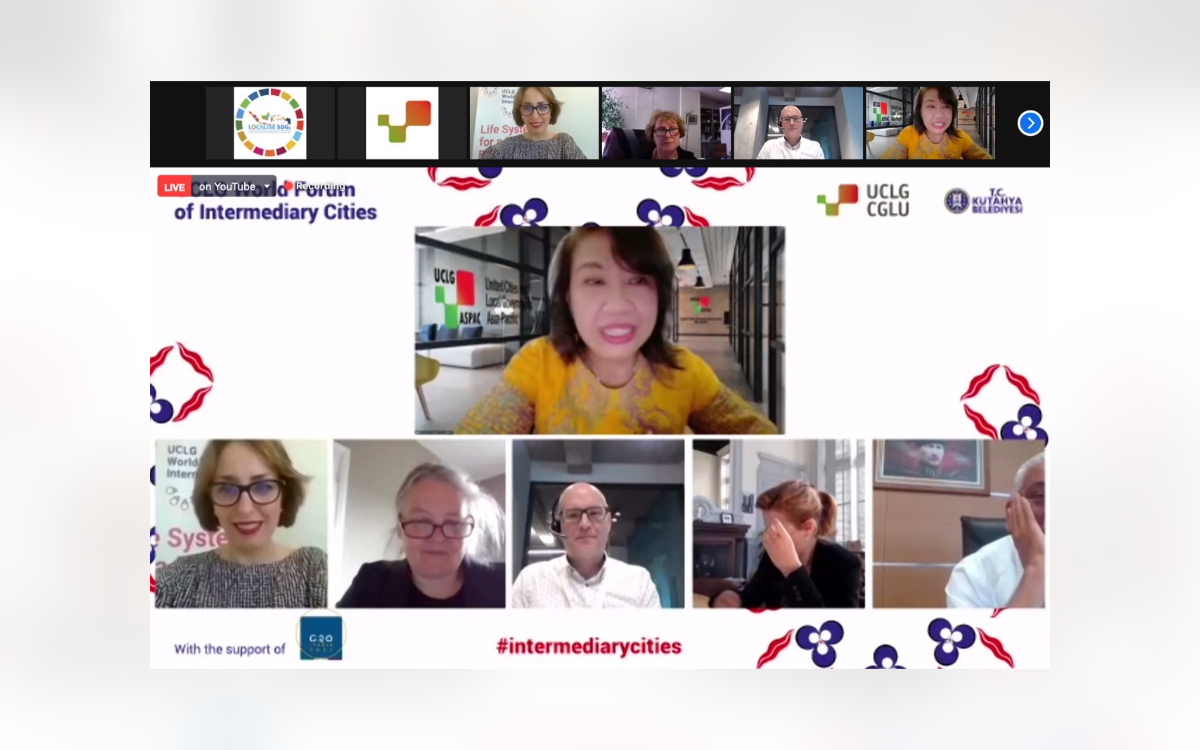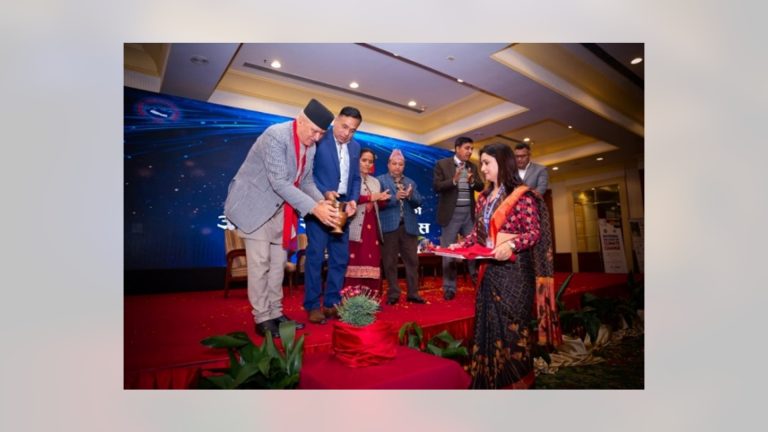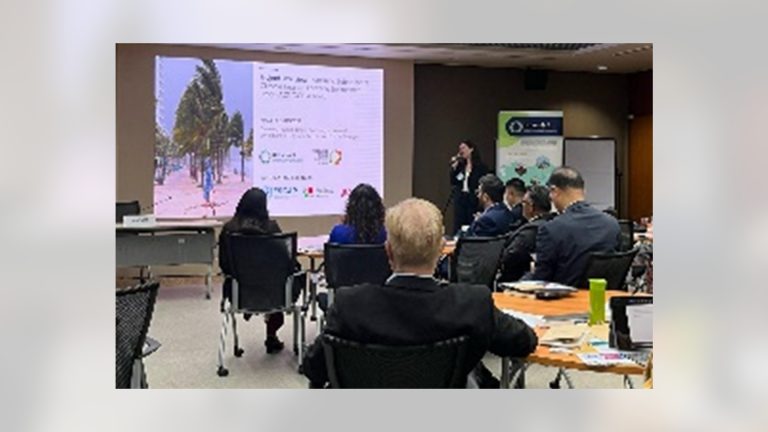Acting on the momentum of COP26, United Cities and Local Governments (UCLG) has recently forged a discussion of finding innovative and inclusive solutions to climate change; this time by placing the focus on intermediary cities, talking about the knowledge gaps surrounding them and how they are also heavily impacted by the stresses and shocks of climate change. On 5th October, the second World Intermediary Cities Forum opened with a high-level dialogue titled “Intermediary Cities & the Planet for Climate Justice”, moderated by UCLG ASPAC’s Secretary-General Dr. Bernadia Irawati Tjandradewi.
Intermediary cities usually stand with a population of 50,000 to 1 million and oftentimes bridging rural and urban areas together. As a result, they open up those areas to better, and a lot of times affordable access to basic services such as housing and healthcare. In fact, 20% of the world’s population resides in intermediary cities and comprises one third of the entire urban population. Secetary-General of ICLEI, Gino Van Begin highlighted that these cities should be “At the centre of global discussion and local solutions to climate change, as urban areas with 20% in intermediary cities can significantly contribute to pollution,”, yet knowledge about them still needs to be upscaled. Hence, he embraced this forum as means to spark conversation regarding intermediary cities.
In terms of climate change, panelists such as Carola Gunnarsson, Mayor of Sala and Lucy Slack from the Commonwealth agreed that intermediary cities possess all the potentials for adaptation. This means having an important role to curb climate change effects and its risks to large regions and cities. However, they also agreed that intermediary cities are still very vulnerable, in addition to the significant stresses and shocks caused by the COVID-19 pandemic. This explains why intermediary cities must acquire knowledge in terms of technology and also funding, as acknowledged by panelists such as Andy Deacon as Acting Managing Director of Global Covenant of Mayors for Climate Change (GCoM), and Lucy Slack as Secretary General of Commonwealth Local Governments Forum (CLGF).
Andy emphasised the benefits of collaboration of capital and intermediary cities with stakeholders, particularly on access to finance for governments in carrying out climate action programmes and projects. “We are also working on driving business models and building capacity of local governments, so that they are provided with an adequate enabling environment to deploy their climate-friendly technologies,” he said. As a result, there is a strong indication that emissions-reduction and adaptation, and the science behind them needs multi-level collaboration, better vertical integration and in the light of COP26, Andy strongly suggests to start a deeper conversation on access to clean and affordable energy, which is also the third pillar of GCoM. Furthermore, he agrees that intermediary cities’ voices should be heard. To this, Lucy Slack said that despite urbanizing more rapidly, intermediary cities face significant challenges to infrastructure, and insufficient technical capacity for better city planning. “Once again, this leaves them more vulnerable to the impact of climate change, in addition to the struggles in gaining access to resources from central governments or elsewhere,” she said.
Then, panelists such as Martina Otto as Head of Cities at the United Nations Environment Programme (UNEP) suggested how intermediary cities could adopt nature-based solutions (NBS) in climate action that could deliver social, ecological and economic benefits. Martina finds this promising since intermediary cities have strong rural-urban linkages. By being in close proximity to nature, healthy food and natural resources, it also opens up opportunities for a people-centered approach and can harness local solutions to tackle climate change. However, the success of NBS is largely dependent on having sufficient capacity, such as understanding and synthesizing key elements and conditions required for enabling the NBS implementation process. Therefore, leadership at intermediary cities need to be better capacitated. “We need to bring nature back into development, and here is a special chance for intermediary cities to become more resilient. However we need more multi-level action, such as helping local governments in intermediary cities to grasp an understanding of climate, and including private sectors to help in implementing NBS in intermediary cities and its ecosystems,” she said.
The session then continued with further remarks, and knowledge sharing dialogue between panelists that comprise of local governments, practitioners and representatives of local government associations from cities like Cyprus, as well as Argentina where topics of energy access and its contribution to emission-reduction, and waste management were constantly highlighted. During the end of her moderation session, Dr. Bernadia Irawati Tjandradewi positively acknowledged all insights given by panelists and is hopeful that transformation can be catalysed by intermediary cities, especially when it comes to climate justice to ensure that no one is left behind.
Source: UCLG World, GCoM
Edited by KM Team











